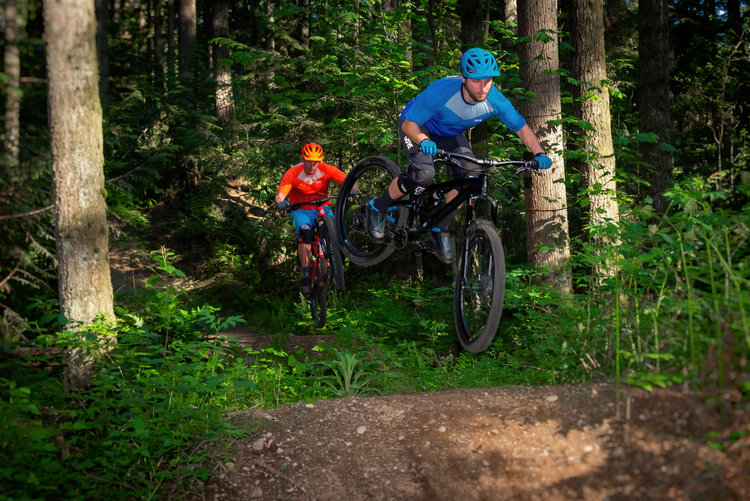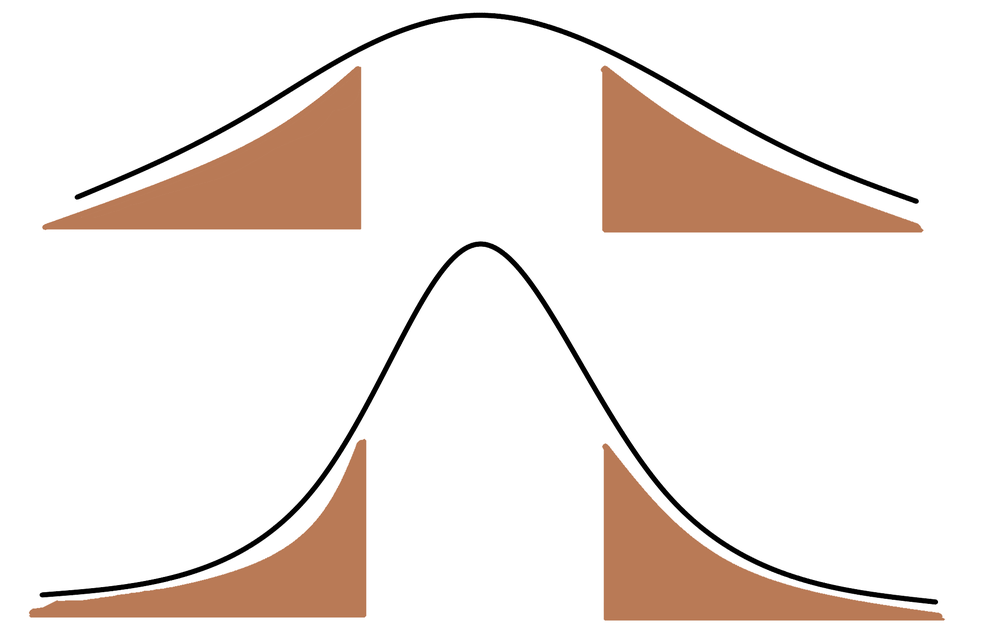Elevate Your Jumping Game With Fluidride Instructor Chris Severns

Seeing riders grow, change and evolve is one thing certain to bring me joy. I thought I’d share a before and after of Chris Severns which I took during a Private Small Group Class he took part in before becoming an instructor with Fluidride.
Chris was already sending big jumps when I started teaching him, but it wasn’t always pretty – or safe – so we set about to make a few changes to his riding.
In this first video clip, you can see Chris hitting a large jump with what we call ‘straight air’. Basically, he’s clearing the jump and not doing anything fancy. What you might notice, however, is that just after Chris reaches the crest of the arc of the jump, his arms extend fully, and he’s slightly pulled forward. He mentioned to me that this happened to him regularly on big jumps. What is essentially happening is he’s being pulled to what I refer to as ‘the end of the rope’ meaning he’s run out of room to further extend his arms, which ends up pulling him forward. Why is this happening? Chris’ takeoff was strong and he held good position in the air, but still he’s being pulled forward. This can happen because the arc of a jump with a steep takeoff is more pronounced than the arc of a flatter jump. This means essentially that his bike is going to go on a steeper upward trajectory, crest, and then find a steep downward flight to match the face of the landing. In this video, Chris simply runs out of room with his arms fully extended before touchdown. Had Chris not held such good form on takeoff, and moved rearward out of fear, he may have been pulled over the bars by the time he landed, since he would have been at the end of his rope sooner. Thanks for the save Chris!
So – what is the fix if Chris had a good takeoff and good position in the air? Style of course! I always tell riders that creating style should come from a functional root, and not from vanity. Of course, we can take that functional style and put a bit of spice on it to make it look better – once we have the basics in check.
Below are two examples of types of flight arcs we might experience when we jump. In the first image, the flight arc is gradual. When our jumping position is right, the flight arc is natural and doesn’t require body movement to feel good. However, the second jump pictured has a steeper take-off and this is where riders who are not comfortable creating movement (aka:style) on smaller jumps may start to struggle or actually put themselves in danger. Riders can sometimes be comfortable on bigger jumps that have mellow flight arcs but as soon as the jump faces become steeper they struggle to match the steeper flight arc, resulting in a sensation of being pulled forward – particularly when they move back out of fear of the jump face. The key to proper position is to maintain one’s position vertical relative to sea level, just as we do when walk up and down similar hills. (Imagine a person walking over the images below). This keeps us over our feet. This is a topic for another time though. The main takeaway here is that the riders jump arc should roughly correspond to the arc of the jump, unless the rider has advanced skills on hand like scrubbing or squashing to flatten the arc on a steep jump, or the ability to j-hop on a flatter jump to create a steeper arc – we’ll address those skills another time. For now, take a look at the images below and imagine a rider matching the arc of these jumps. They are quite different!

Jump faces varies with shape and therefore our flight arcs should also vary, and match the shape of the jump.
To learn the secrets of counter directional steering in the air, I took Chris to some smaller jumps and got him moving well in both directions. An hour later, we were back on the big hits and he was throwing style like crazy – all while keeping his shorts clean. The reason making movement in the air helps on steep faced jumps is that it allows the rider to move on a lateral plane in the air, instead of just following the bike’s arc. Notice how comfortable and relaxed he looks in this second video – and stylish to boot!
Counter Directional Steering In The Air
Funnily enough, I posted a similar topic around December of last year. You can tell where my mind starts to wonder after too many days of rain and cold in the PNW…I want to hit some jumps!
Check the clip on the fundamentals for creating air-style below.
After many shared hours together, Chris became a Fluidride Instructor, so we created the edit below to show off his skills. Check out Chris’ jumping action now!*
*If there are sensitive ears around please note there is a very brief moment of language
Want to learn what Chris did, from Chris himself? Drop Chris an email and schedule some time to ride and learn with him!
Want to learn with a group of like-minded riders? Check out our Air Skills classes!




Air Skills
Air Skills
Air Time 201 is for riders who are comfortable and stable on basic jumps and drops and looking to progress into jumping gaps. We’ll work on runs like Voodoo Child and Gravy Train, and a few jumps on Semper Dirticus. The class will also cover advanced dropping techniques such as squashing drops. Additionally, we’ll work on featuring into a landing. Being able to boost off natural terrain such as rocks and roots and land backside on other natural terrain will add dynamic flair and flow to your trail riding!
Prerequisite: Ability to jump table top jumps consistently. A willingness and desire to try jumping small doubles – AKA – Gap Jumps.
Class will be held at Duthie Hill Mountain Bike Park, Issaquah, WA.
Air Skills